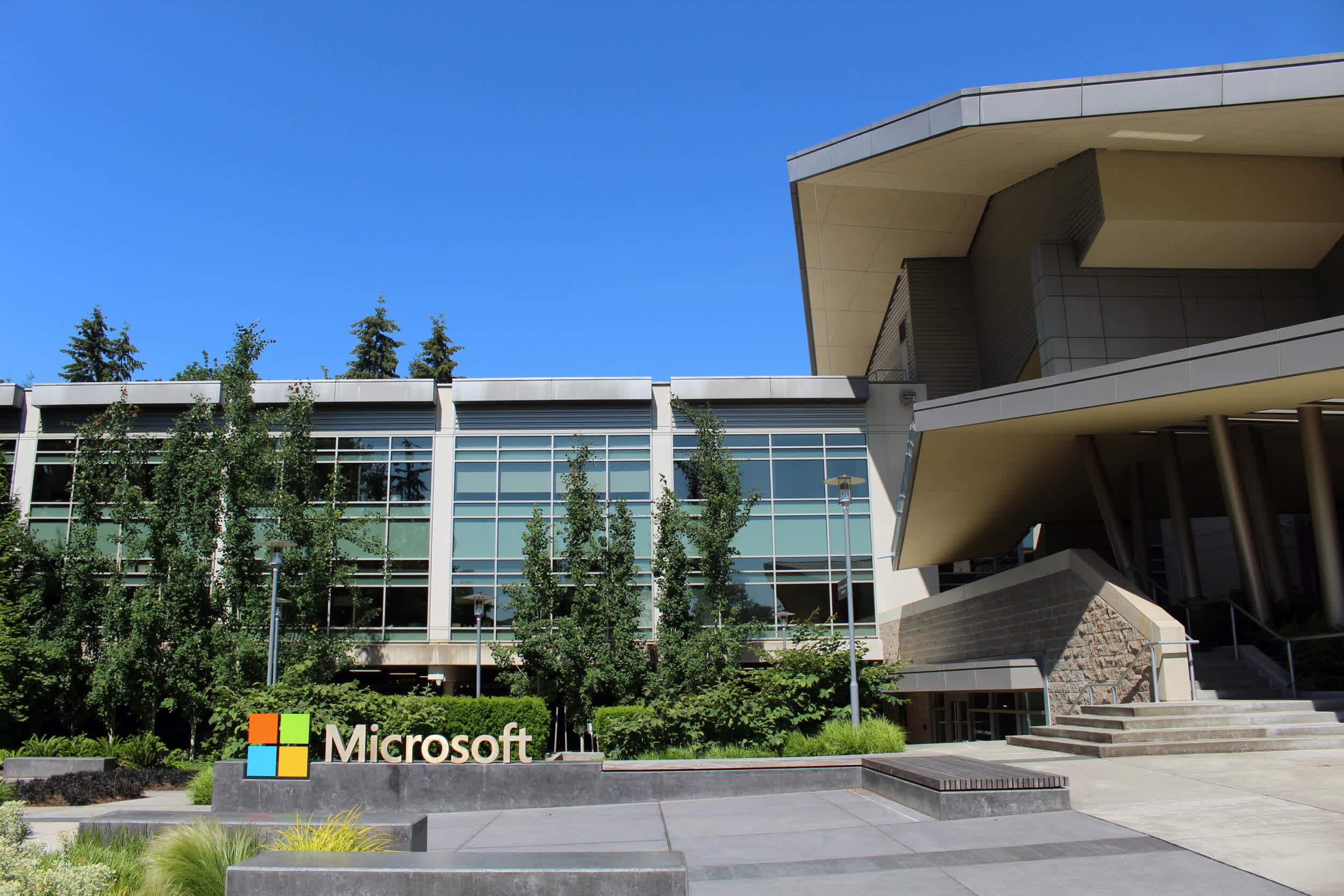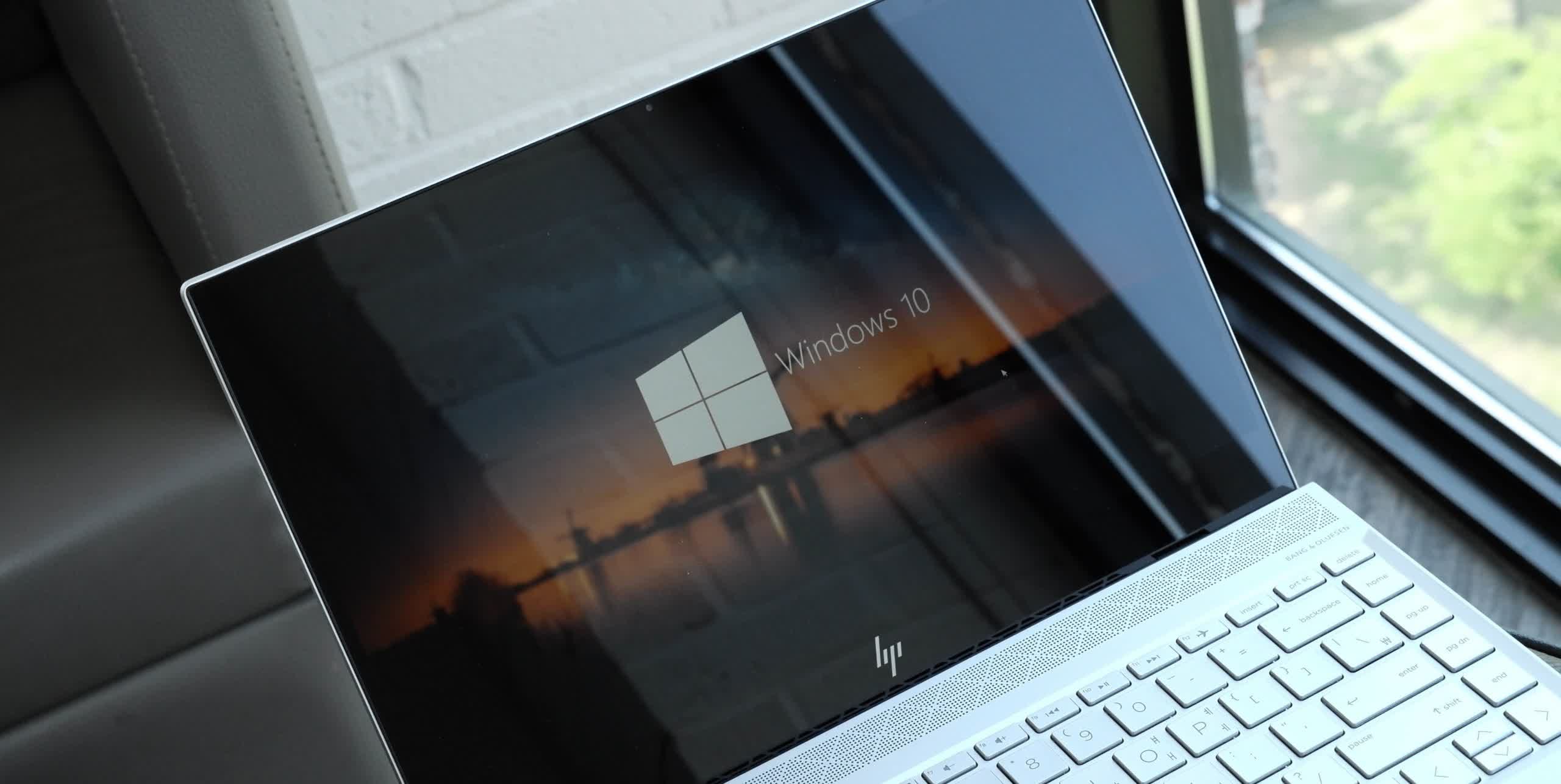Everything Flows: Windows has a life cycle with clearly defined support periods, just like any other software product. Microsoft can sometimes provide extensions and exceptions to its rules, but all Windows versions eventually end up discontinued. Windows 10 is almost there.
As per Microsoft policy, Windows 10 will soon reach an important milestone in its release history. Version 21H2 of Windows 10 Enterprise and Education reaches the end of life (EoL) on June 11, 2024. Organizations must upgrade to the latest version to keep receiving security updates through the Windows Update service.
After June 11, Microsoft will provide support only for Windows 10 22H2, released on October 18, 2022. Microsoft will support the current version until October 14, 2025. As usual, this final Windows 10 build has a Long-Term Servicing Channel, but companies will need to pay a pretty penny to keep running the aging operating system past its EoL.
The Redmond firm has become very effective at forcing companies and individual users to install the latest versions of its operating systems. As we have seen, Microsoft isn't above placing intrusive popups and other annoying tactics to push its next-gen operating systems. However, some third-party utilities, like Windows Update Blocker, are adept at postponing the inevitable upgrade for extended periods.

Switching from Windows 10 21H2 to 22H2 is pretty straightforward for any Windows 10 edition, as the two versions share the same codebase and have identical requirements. After the upgrade, users and organizations gain one more year of official support and bug fixes. System administrators could also leap to Windows 11 if their PC clients meet Microsoft's minimum hardware requirements.
The Enterprise and Education editions of Windows 11 have lower system requirements than consumer and server editions. However, they must still run on a PC equipped with UEFI firmware, Secure Boot, a DirectX 12-compatible GPU, and a TPM 2.0 security chip. Small and medium-sized businesses face a hard decision: upgrade their entire hardware fleet to run Windows 11 or continue using Windows 10 22H2 without support.
Despite being nine years old, Windows 10 is still the most popular PC operating system, beating Windows 11 by a wide margin. According to the latest Statcounter data, Windows 10 sits with 67.26 percent of the market share, while Windows 11 experiences excruciatingly slow growth, with only a 28.16 percent install base.
Image credit: HS You
